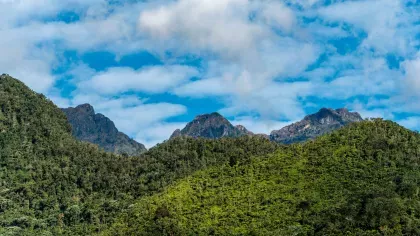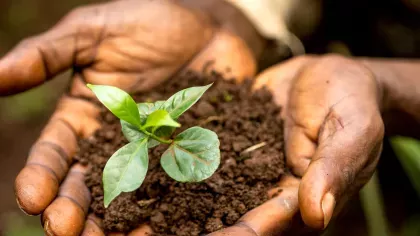17 May 2019
Saving endangered species
On Endangered Species Day we celebrate two and a half years of Kew’s Plant Assessment Unit.

Understanding which species are threatened with extinction, and where and why, is a central goal for conservation. In the face of accelerating biodiversity loss and limited resources, extinction risk assessment is essential for conservation priority-setting. These assessments can be used to assist governments and conservation organisations to prioritise and guide effective conservation action and inform policy makers.
The most widely recognised and internationally adopted system for evaluating extinction risk underpins the The International Union for Conservation of Nature (IUCN) Red List of Threatened Species. Fewer than 10% of plant species have been assessed for the global IUCN Red List to date, and tropical species are particularly under-represented. This in turn limits their representation in scientific analyses, conservation prioritisation exercises and action plans.
Established in late 2016 as a result of a collaborative partnership with IUCN and the Toyota Motor Corporation, Kew's Plant Assessment Unit (PAU) aims to accelerate the extinction risk assessment of plant species in the tropics where plants are most diverse and most threatened. The wealth of plant data and expertise available at Kew is being channelled to streamline the production and publication of detailed assessments of thousands of tropical species.
The Kew Plant Assessment Unit team have prioritised extinction risk assessments of tropical plants from:
- regions which are exceptionally rich in plant diversity – often termed ‘megadiverse’
- large genera (at least 100 species) in which Kew has expertise
- genera containing economically important species and their wild relatives
- sites which are under consideration as potential Tropical Important Plant Areas
Here we report some highlights of the Plant Assessment Unit's work under each of these priorities, all conducted in collaboration with the relevant Kew specialists and their international networks.
Megadiverse regions
New Guinea is home to more than 10,000 plant species, many of them known only from this tropical island. Specially trained assessors in the Plant Assessment Unit have assessed more than 300 New Guinea orchids, and 120 New Guinea tree fern species, including the rare spider-like epiphytic orchid Bulbophyllum cimicinum and the narrowly distributed tree fern Alsophila klossii, both assessed as Endangered.
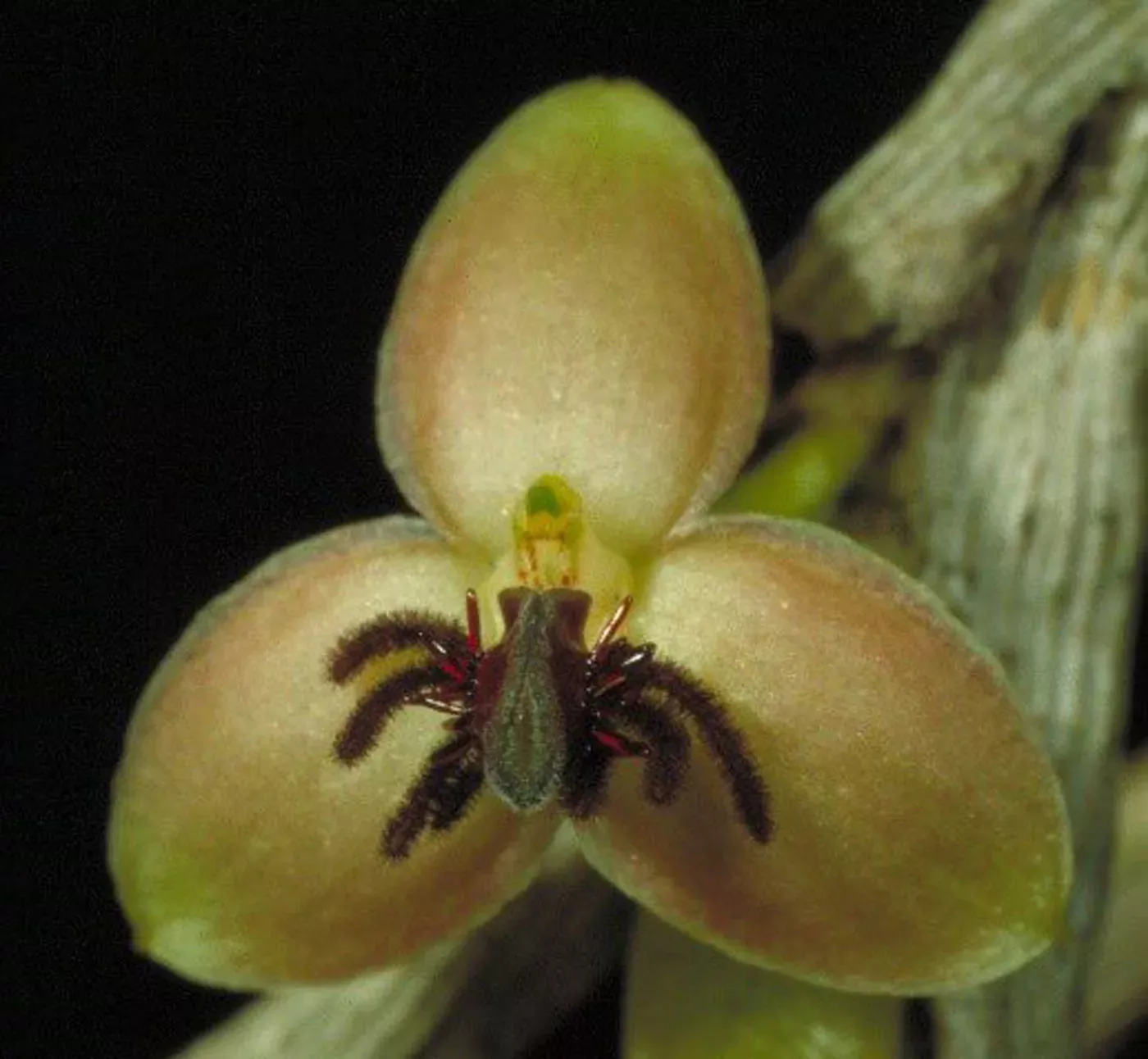
Large genera
One of the Plant Assessment Unit's most ambitious targets is to assess every species of the neotropical genus Myrcia (c. 800 species). Ecologically important in some of the world’s most species-rich forests, Myrcia species play a key role in the food webs which sustain many animal species in Brazil’s Atlantic Forest. To date assessments have been completed for over 150 species including the Critically Endangered Myrcia clavija and the medicinal “insulin plant” Myrcia multiflora (assessed as Least Concern).
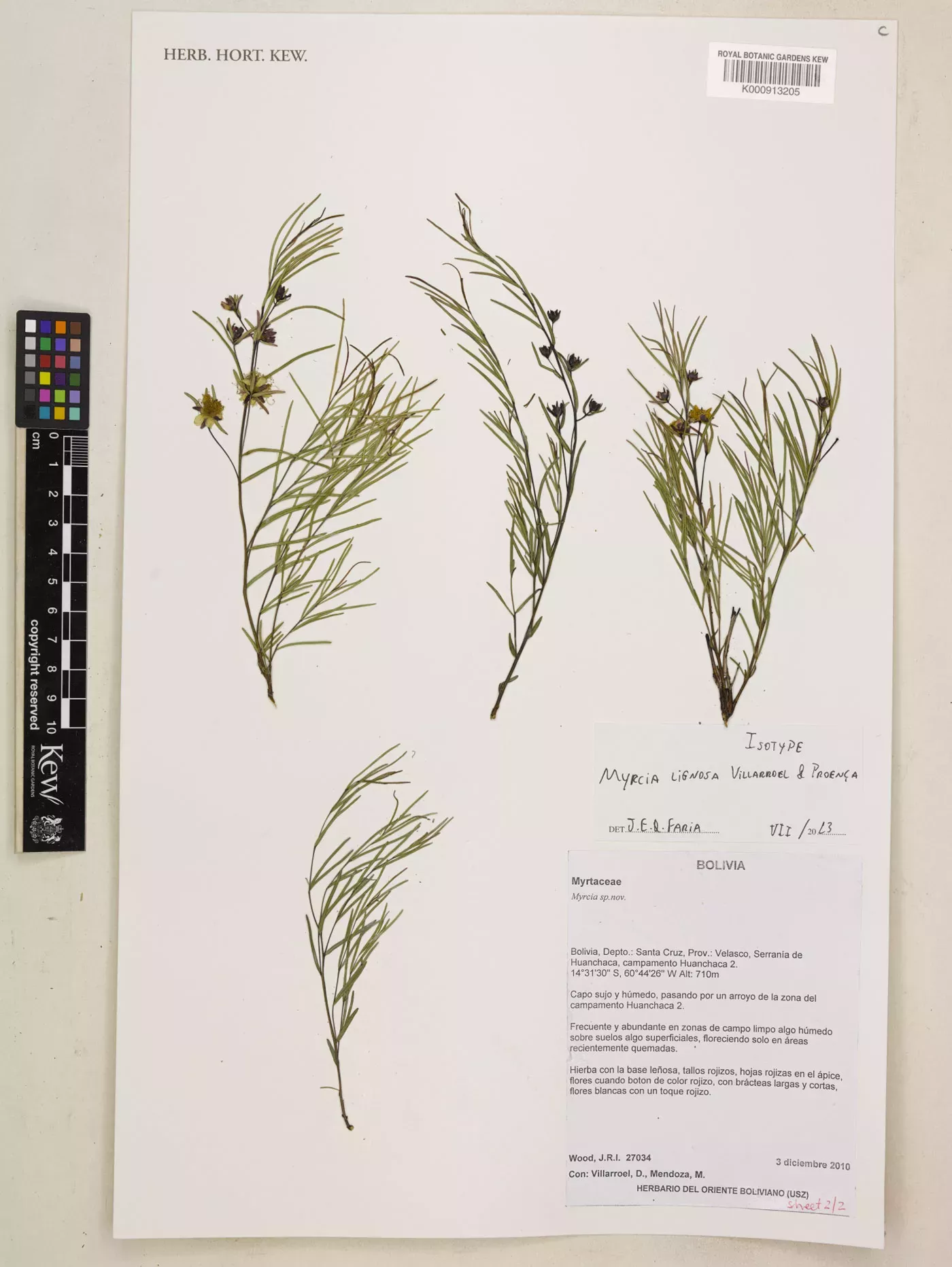
Economically important
The most high-profile achievement to date is the completion of extinction risk assessments of all 126 species of the genus Coffea. The conclusion that 60% of wild coffee species are threatened with extinction has significant implications for the future of the commercial coffee sector and generated exceptional levels of interest from the media, scientists and the general public.
Two of these threatened species, C. ambongensis and C. boinensis, produce the world’s largest coffee beans. Both are endemic to Madagascar and are listed as Endangered, owing to habitat loss across a restricted distribution.
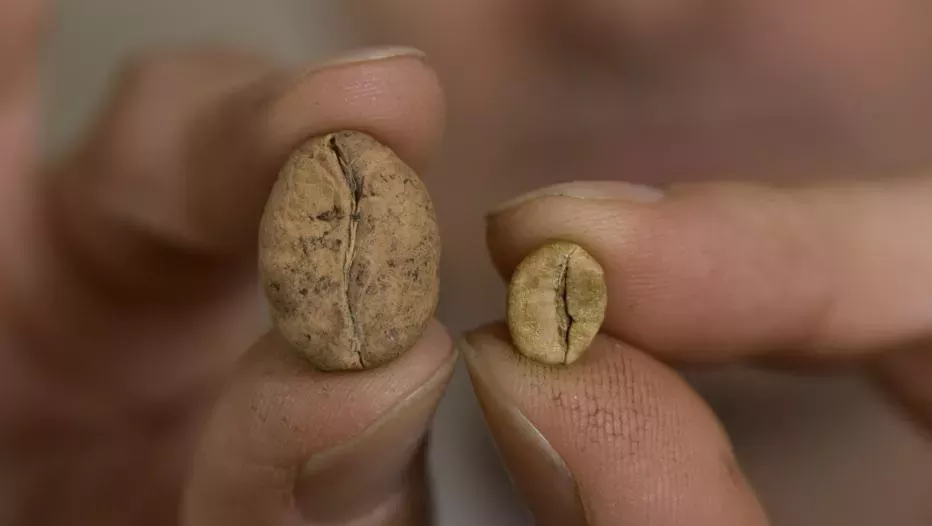
Tropical important plant areas
Assessors in the Plant Assessment Unit have generated nearly 100 assessments of species of conservation concern as evidence towards the identification of Tropical Important Plant Areas in Guinea(-Conakry), West Africa. These assessments supported recognition of 22 Tropical Important Plant Areas (TIPAs) during a series of workshops in Guinea involving scientists, NGOs and government representatives. All 22 TIPAs are expected to be incorporated into the national Protected Area network in the coming months.

Each extinction risk assessment added to the IUCN Red List helps to make the case for conservation action for the world’s plants, on which all life depends. The high-quality datasets resulting from targeted assessments are increasingly being used in analyses addressing broader questions. For example: to what extent do changes to the information associated with individual herbarium specimens over time affect our inferences about extinction risk? And which machine learning methods achieve greatest accuracy in predicting extinction risk?
Over the next two years the Plant Assessment Unit aims to scale up even further, undertaking assessments which supports Kew projects in Bolivia, Indonesia and Pakistan, as well as tackling further groups in New Guinea and advancing the work on Myrcia and other large genera.
References
Canteiro, C. & Lucas, E. (2017). Myrcia clavija. The IUCN Red List of Threatened Species 2017: e.T113036714A113050161.
Canteiro, C. & Lucas, E. (2018). Myrcia multiflora. The IUCN Red List of Threatened Species 2018: e.T113042991A113050331.
Chadburn, H. & Schuiteman, A. (2018). Bulbophyllum cimicinum. The IUCN Red List of Threatened Species 2018: e.T119250519A119262318.
Chadburn, H. & Davis, A.P. (2018). Coffea ambongensis. The IUCN Red List of Threatened Species 2018: e.T108646089A108665455.
Chadburn, H. & Davis, A.P. (2018). Coffea boinensis. The IUCN Red List of Threatened Species 2018: e.T108647803A108665495.
Davis, A. P., Chadburn, H., Moat, J., O’Sullivan, R., Hargreaves, S., & Lughadha, E. N. (2019). High extinction risk for wild coffee species and implications for coffee sector sustainability. Science advances, 5(1), eaav3473.
Williams, E. (2019). Alsophila klossii. The IUCN Red List of Threatened Species 2019: e.T122229616A122269629.




